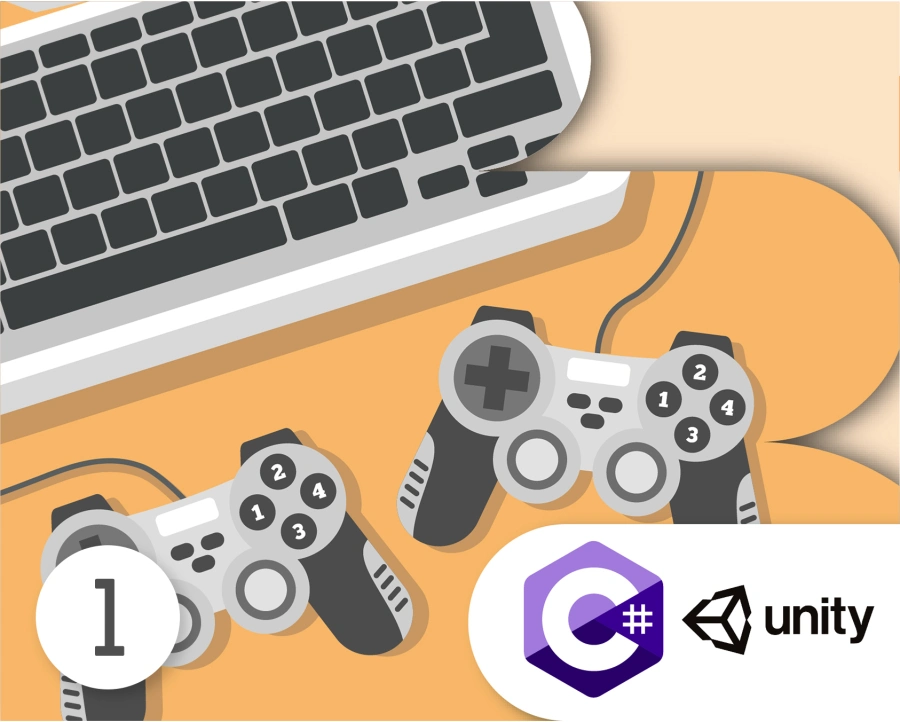European Union

Creating computer games in Unity semester 1 ONLINE COPY OF 250
Classes for students who have completed the Introduction to C# Programming course.
Developing games in Unity is learning about the principles of designing your own games using the C # language and the Unity engine. Thanks to this, we can create games based on similar mechanics as League of Legends, Cyberpunk, Counter Strike and many, many others.
Intro
Computer games classes are conducted in C#. The participant learns the ways and methodology of creating computer games, both 2D and 3D. During the classes computer games are created - platform and RPG. UNITY 3D is used as a game development engine. In the second semester part of the lesson will be devoted to modeling 3D elements in Blender. After this course the student is able to create an advanced computer game on his own. Our online class is NOT a webinar or a Youtube course! During our online classes each student will see the teacher's screen, hear what he or she is saying, and the teacher will have an insight into what the student is doing and speaking (he or she will see each student's screen). Each student will be able to ask a question by voice, the teacher will be able to answer every question and indicate exactly where the error is and how to fix it.
Plan of the course
Satisfaction Guaranteed!
It is possible to cancel a purchase after the first class!
Let us know if you have more questions!
Enrollment & Schedule